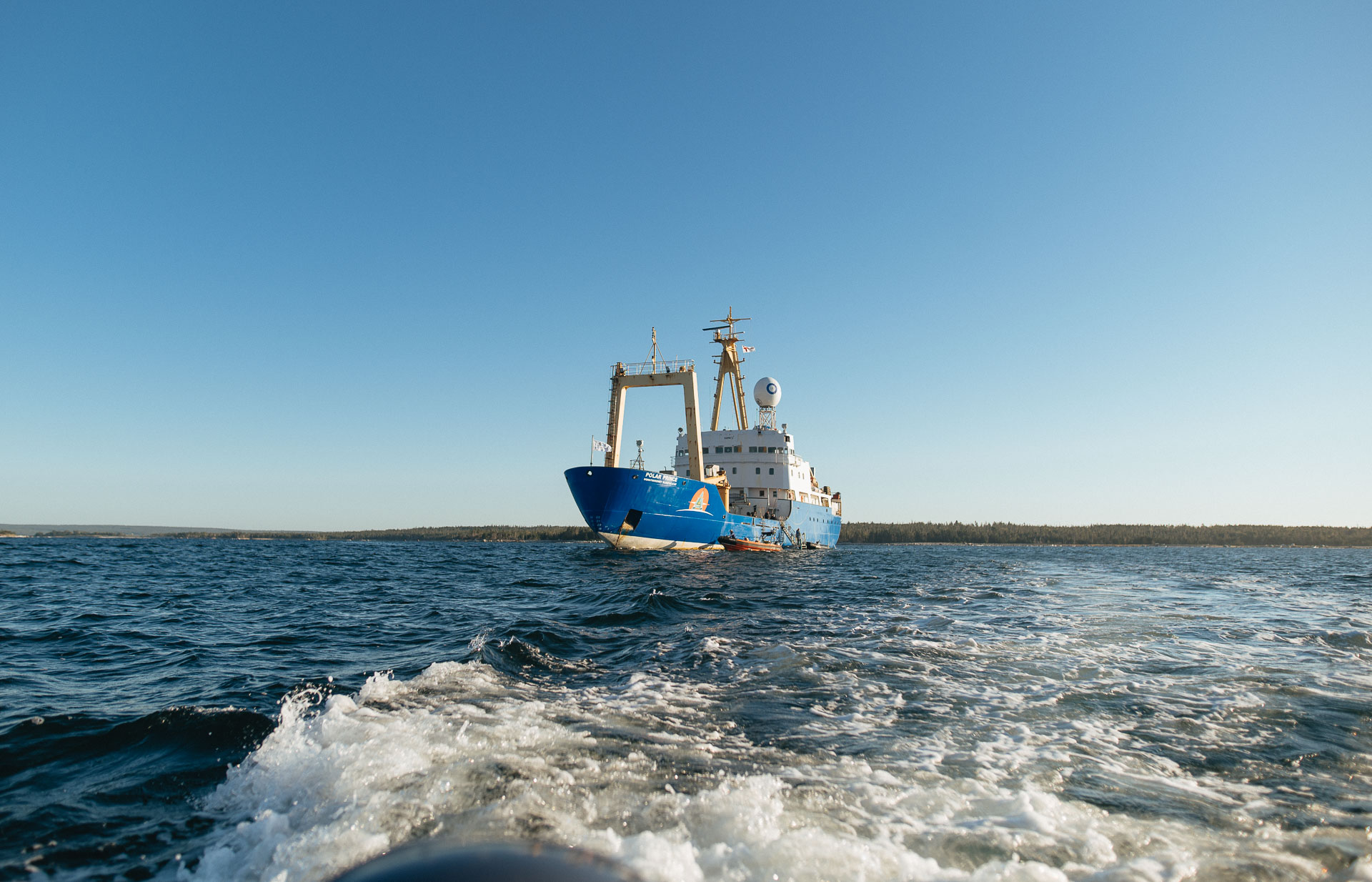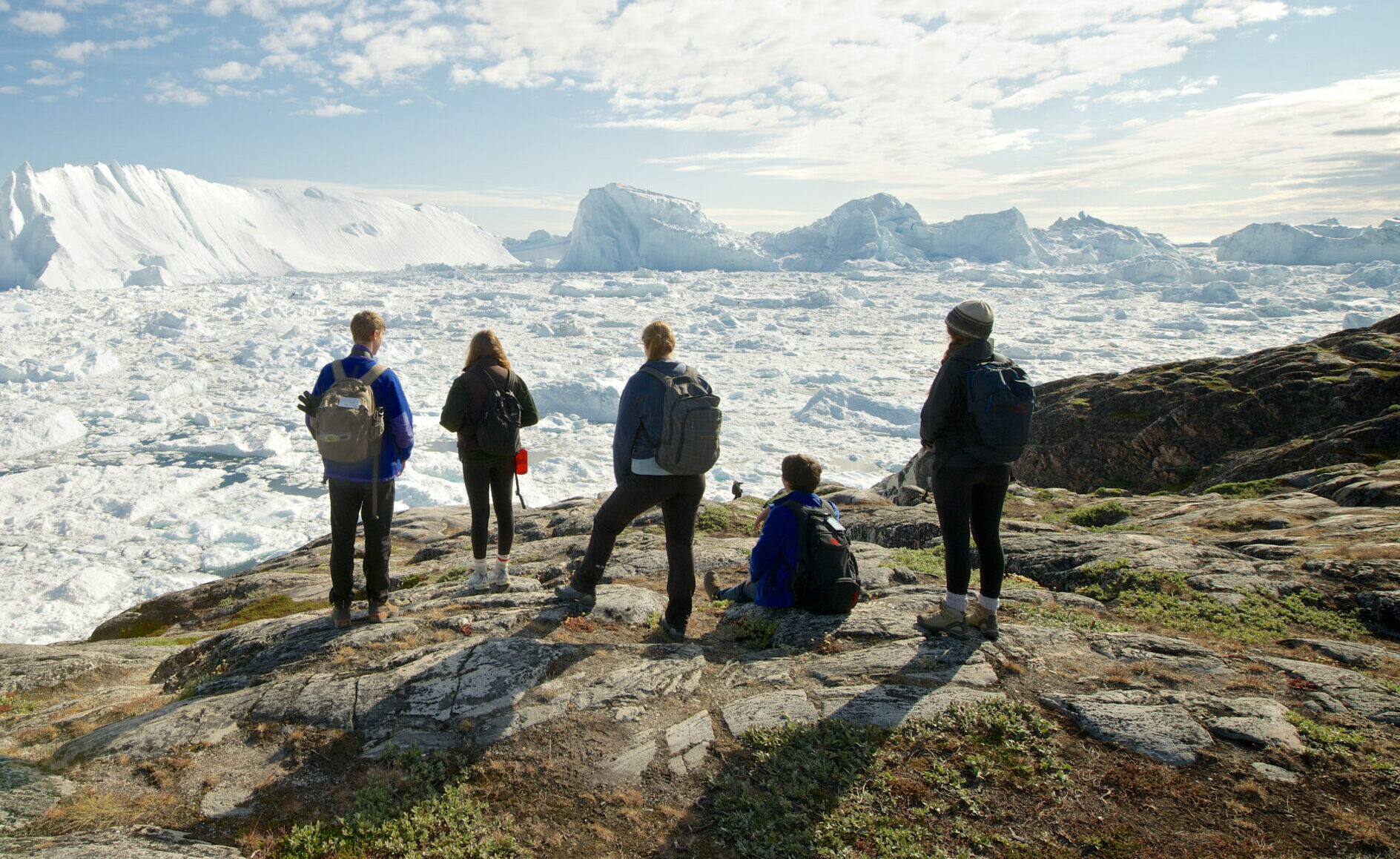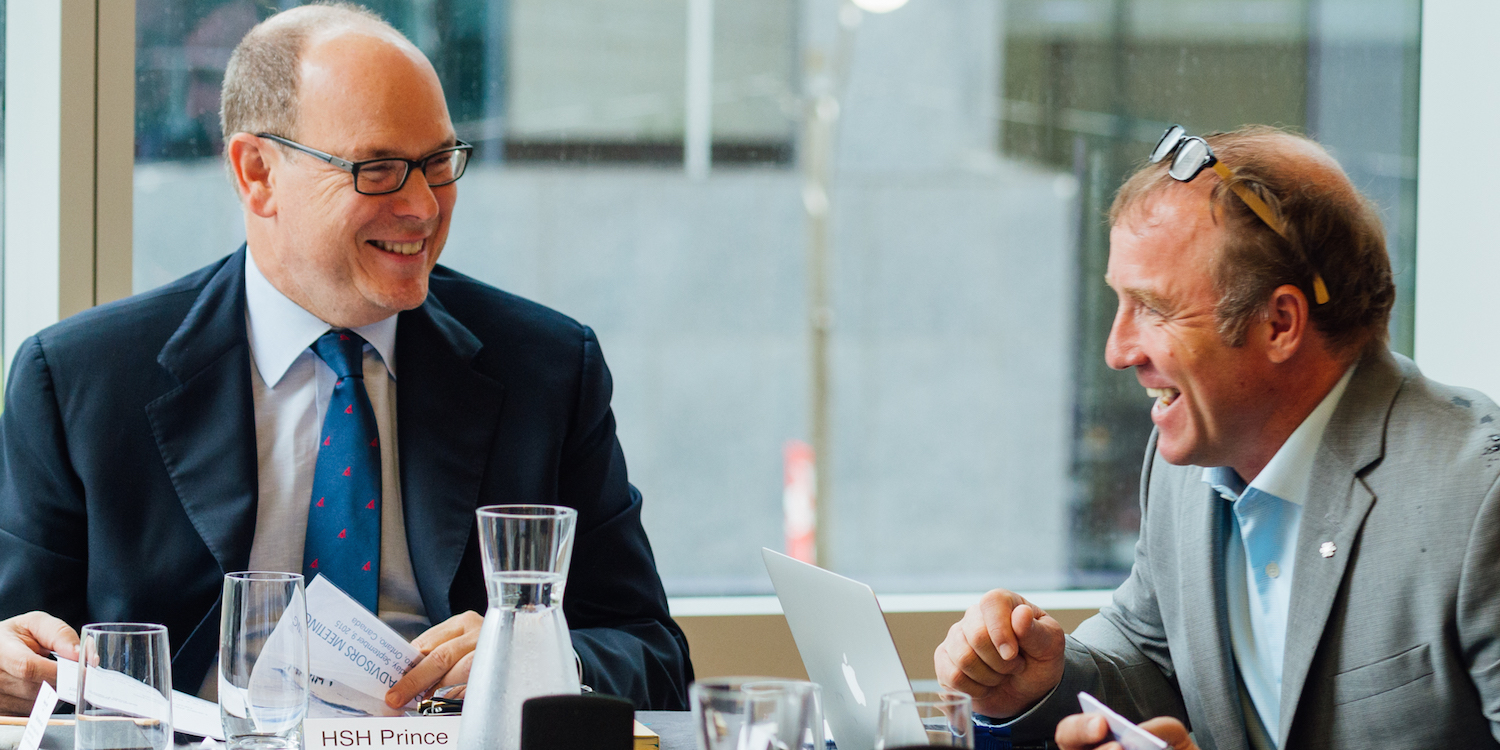- To educate youth on climate change and its impact on Canada and the world.
- Facilitate a process engage youth in local climate action in a way that results in concrete results.
This process started by talking with people in the community to try to develop connections and build off existing frameworks. After chatting with lots of people, I discovered that my local township has been developing a new 20-year strategic plan and thought this would be a perfect opportunity to engage youth in both climate action, and the local municipal government. I reached out to the municipality and we began to plan how we could best facilitate the voice of young people. We decided that the best course of action would be to develop a workshop that would aim to educate about local government and climate change, as well as gather some data that could be used to help guide the strategic plan.
Over the past two weeks, I began the implementation of those workshops. In this initial roll-out, I focused on the education component and looked to solidify the type of feedback that would be beneficial for the municipal offices.

Every time I am in a classroom, I am re-inspired by the passion and curiosity of young people. Whether I was talking with kindergarten students, with grade five students (pictured above), or with high school students, every classroom brought new energy and a desire to learn. What I think was most inspiring about these first presentations was the level of knowledge students already had about climate change. Most students already knew lots about the Paris Agreement, about Great Thunberg and the Fridays For Future movement, and about greenhouse gasses. I think this says a lot about the significance society is beginning to place on this issue and I left these workshops feeling hopeful.
With this initial phase finished, the next step is to debrief with the township on these initial presentations. Then, we can work to determine the type of feedback that will best be able to inform their policy. Once required feedback is determined, I will be heading back to more schools in the new year to collect actionable data.
As COP25 approaches and we spend more time thinking about global climate policy, I think it is important to keep in mind where that action will take place. The large-scale negotiations at the COP level are absolutely vital to the fight against climate change, but so too are the small-scale changes in local communities which collectively move the needle in a positive direction.





